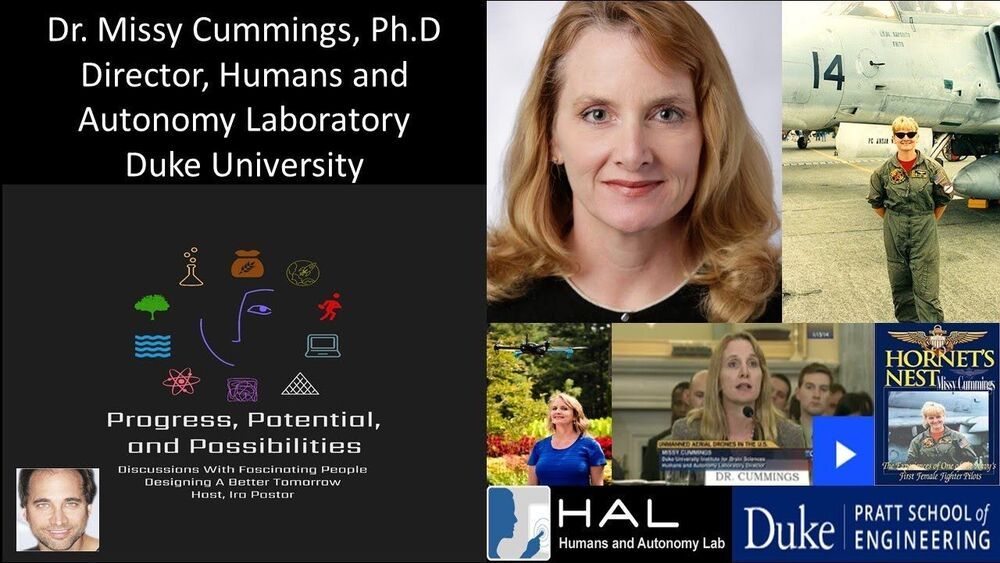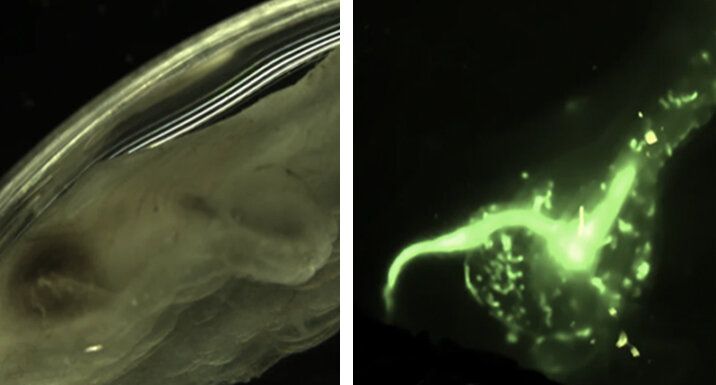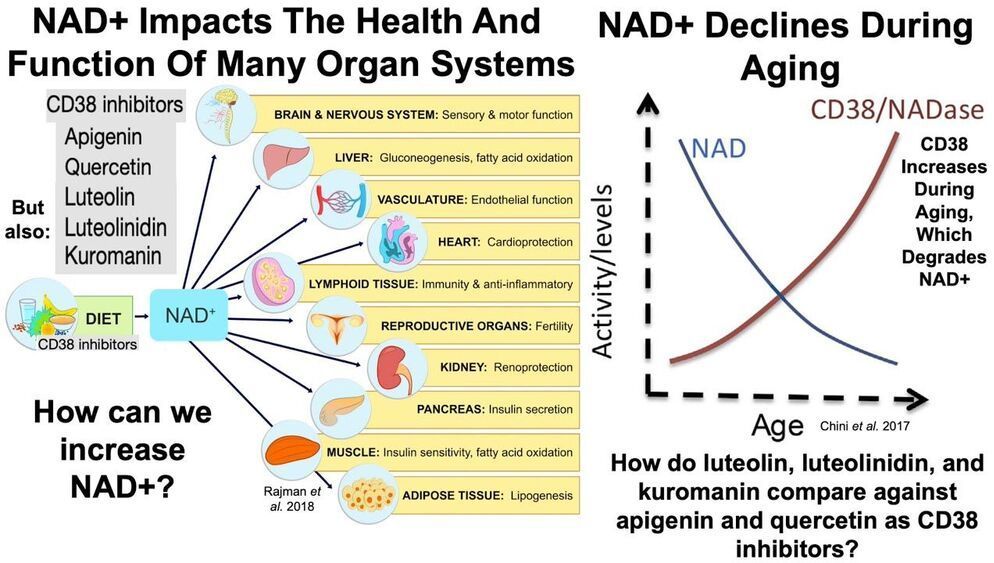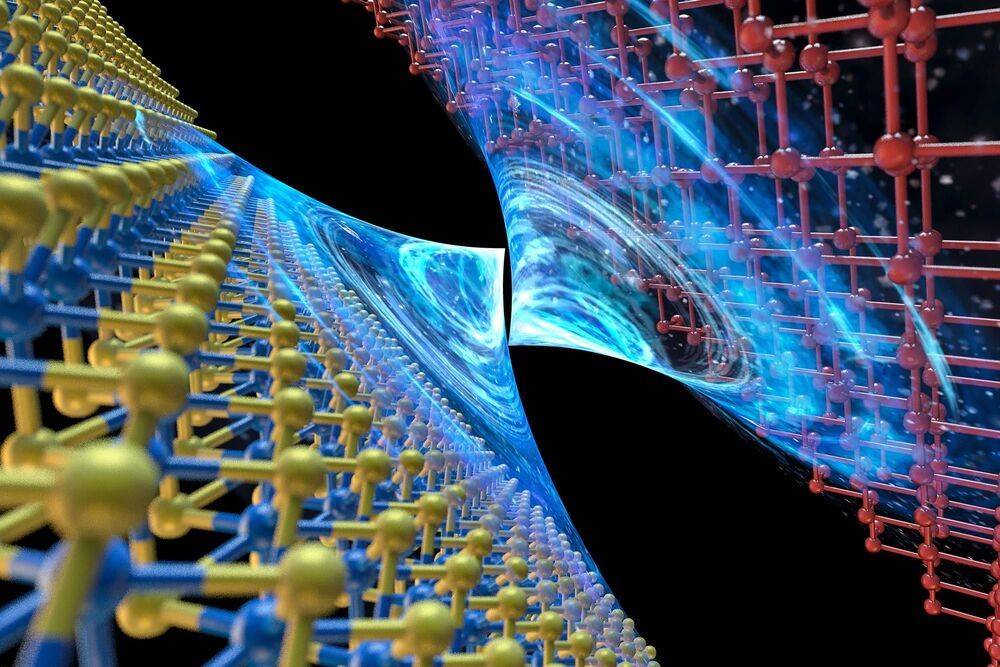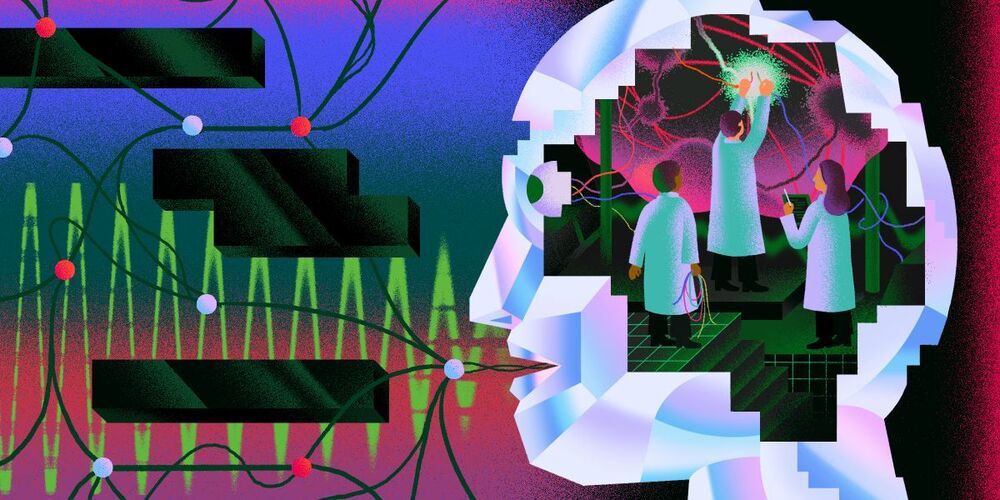May 22, 2021
Dr. Missy Cummings, Ph.D — Professor, Duke University — Director, Humans and Autonomy Laboratory
Posted by Ira S. Pastor in categories: drones, mathematics, military, policy, robotics/AI
Engineering A Safer World For Humans With Self Driving Cars, Drones, and Robots — Dr. Missy Cummings PhD, Professor, Duke University, Director, Humans and Autonomy Laboratory, Duke Engineering.
Dr. Mary “Missy” Cummings, is a Professor in the Department of Electrical and Computer Engineering, at the Pratt School of Engineering, at Duke University, the Duke Institute of Brain Sciences, and is the Director of the Humans and Autonomy Laboratory and Duke Robotics.
